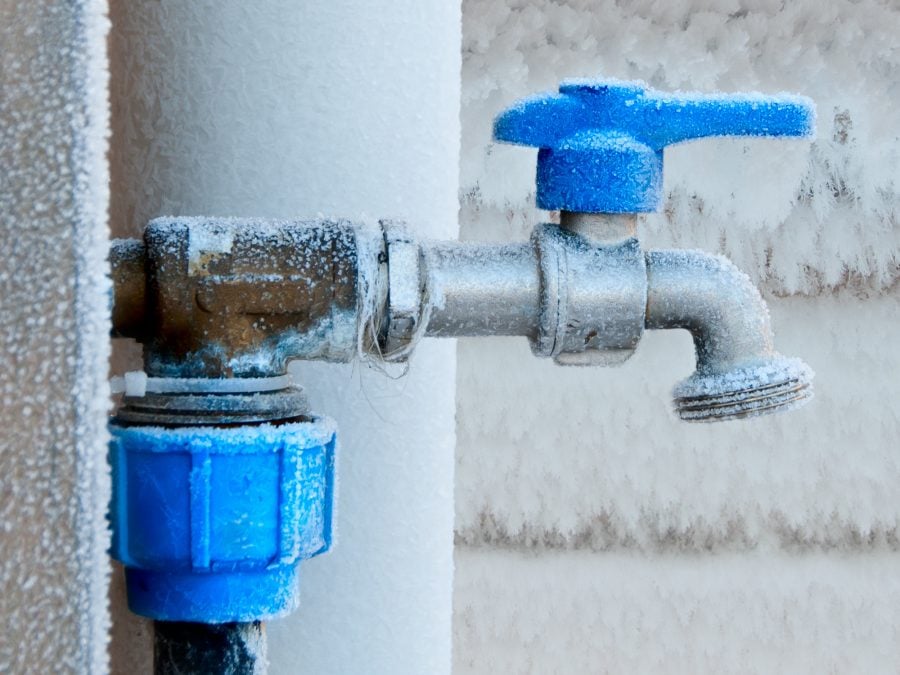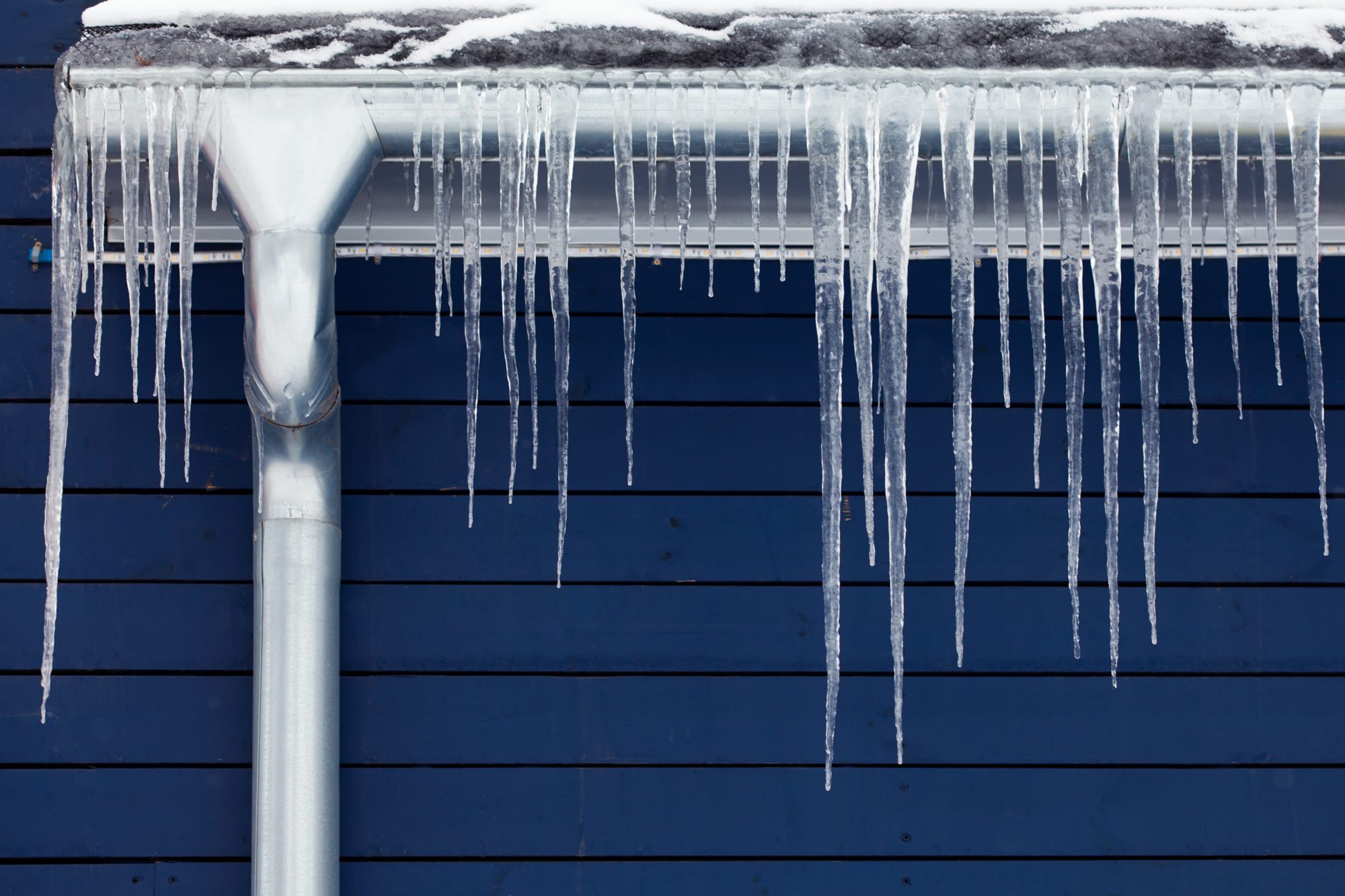How to Defend Your Pipes from Cold Weather: Professional Guidance
How to Defend Your Pipes from Cold Weather: Professional Guidance
Blog Article
Have you been in search of critical info involving Prevent Frozen Pipes ?

Winter can wreak havoc on your pipes, especially by freezing pipelines. Below's exactly how to prevent it from taking place and what to do if it does.
Introduction
As temperatures drop, the threat of frozen pipelines boosts, possibly resulting in expensive fixings and water damage. Understanding exactly how to stop frozen pipes is vital for property owners in cool environments.
Understanding Icy Pipelines
What creates pipes to freeze?
Pipes freeze when exposed to temperatures listed below 32 ° F (0 ° C) for expanded periods. As water inside the pipes ices up, it increases, taxing the pipeline wall surfaces and possibly causing them to burst.
Threats and damages
Frozen pipelines can bring about supply of water interruptions, home damage, and expensive repairs. Burst pipes can flooding homes and cause considerable structural damages.
Signs of Frozen Water Lines
Recognizing frozen pipes early can avoid them from breaking.
How to identify frozen pipelines
Seek decreased water circulation from taps, unusual odors or noises from pipes, and noticeable frost on revealed pipelines.
Avoidance Tips
Insulating susceptible pipes
Wrap pipes in insulation sleeves or utilize warm tape to safeguard them from freezing temperatures. Focus on pipelines in unheated or external locations of the home.
Home heating methods
Keep indoor spaces adequately heated up, specifically locations with plumbing. Open up closet doors to allow cozy air to circulate around pipelines under sinks.
Safeguarding Outdoor Plumbing
Yard hose pipes and exterior faucets
Detach and drain pipes garden hoses before winter. Install frost-proof faucets or cover outside faucets with insulated caps.
What to Do If Your Pipelines Freeze
Immediate activities to take
If you suspect frozen pipelines, maintain faucets available to alleviate pressure as the ice melts. Utilize a hairdryer or towels taken in warm water to thaw pipes slowly.
Long-Term Solutions
Structural modifications
Take into consideration rerouting pipes away from exterior wall surfaces or unheated locations. Include added insulation to attic rooms, cellars, and crawl spaces.
Upgrading insulation
Invest in premium insulation for pipes, attic rooms, and walls. Proper insulation aids preserve consistent temperature levels and decreases the risk of icy pipes.
Final thought
Avoiding icy pipes calls for proactive procedures and quick actions. By understanding the causes, indicators, and preventive measures, home owners can shield their pipes throughout winter.
5 Ways to Prevent Frozen Pipes
Drain Outdoor Faucets and Disconnect Hoses
First, close the shut-off valve that controls the flow of water in the pipe to your outdoor faucet. Then, head outside to disconnect and drain your hose and open the outdoor faucet to allow the water to completely drain out of the line. Turn off the faucet when done. Finally, head back to the shut-off valve and drain the remaining water inside the pipe into a bucket or container. Additionally, if you have a home irrigation system, you should consider hiring an expert to clear the system of water each year.
Insulate Pipes
One of the best and most cost-effective methods for preventing frozen water pipes is to wrap your pipes with insulation. This is especially important for areas in your home that aren’t exposed to heat, such as an attic. We suggest using foam sleeves, which can typically be found at your local hardware store.
Keep Heat Running at 65
Your pipes are located inside your walls, and the temperature there is much colder than the rest of the house. To prevent your pipes from freezing, The Insurance Information Institute suggests that you keep your home heated to at least 65 degrees, even when traveling. You may want to invest in smart devices that can keep an eye on the temperature in your home while you’re away.
Leave Water Dripping
Moving water — even a small trickle — can prevent ice from forming inside your pipes. When freezing temps are imminent, start a drip of water from all faucets that serve exposed pipes. Leaving a few faucets running will also help relieve pressure inside the pipes and help prevent a rupture if the water inside freezes.
Open Cupboard Doors
Warm your kitchen and bathroom pipes by opening cupboards and vanities. You should also leave your interior doors ajar to help warm air circulate evenly throughout your home.

I hope you enjoyed our section about How to Prevent Your Pipes From Freezing. Thanks for taking the time to read through our piece. Enjoyed our review? Please quickly share it. Help other people discover it. Many thanks for taking the time to read it.
Request A Quote Report this page